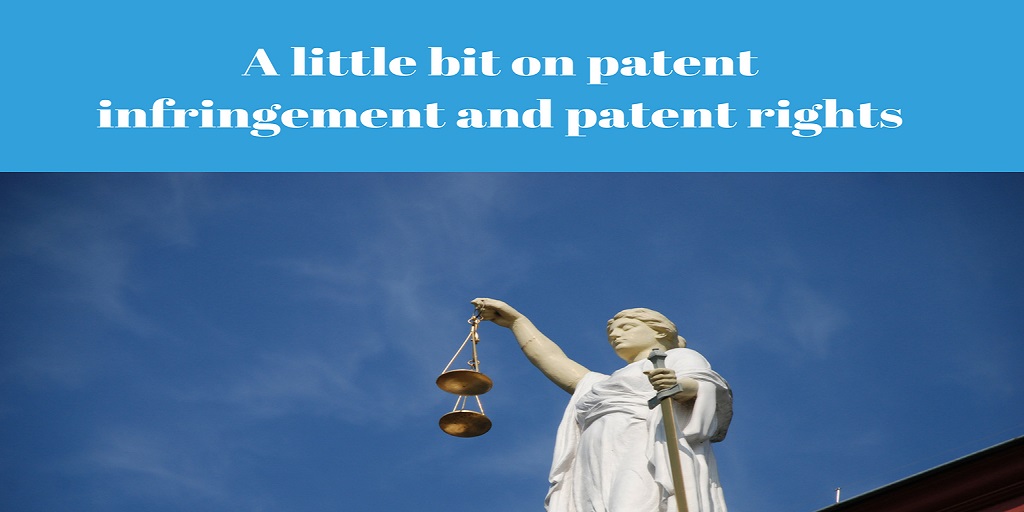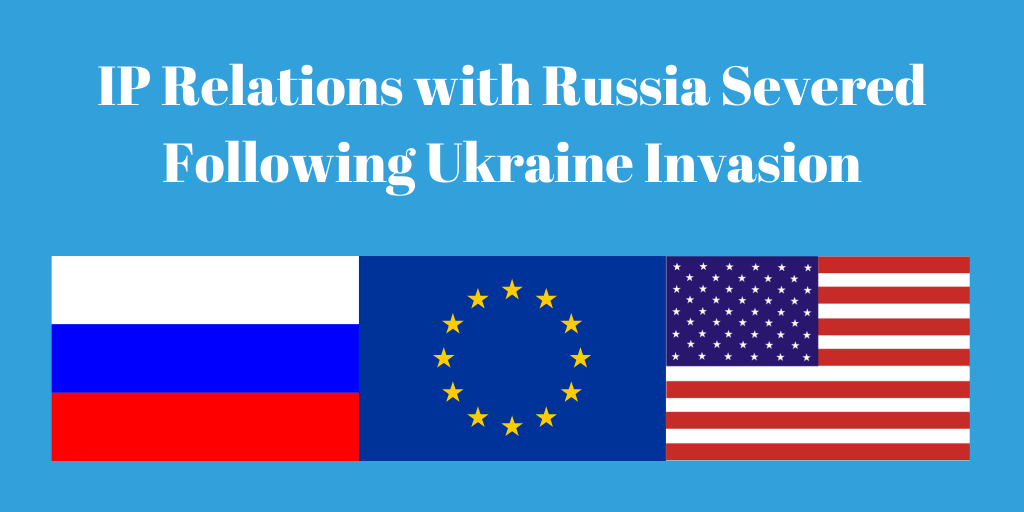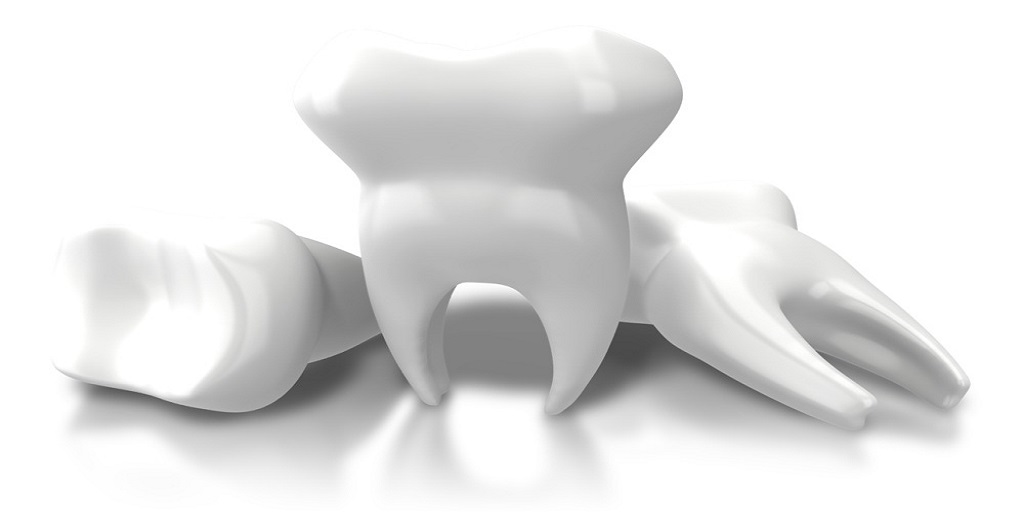A little bit on patent infringement and patent rights.
You’ve probably heard of patents. But what kind of rights do they really give a person and what happens when those rights are violated? There are many kinds of patents, but we’ll specifically be taking about utility patents and the rights that flow from them.
Utility patents
Utility patents generally protect an invention or some sort of a solution to a problem. But exactly how would it protect an invention? Utility patents confer the patent owner the right to exclude others from making, using, selling, offering for sale, or importing a device covered by the patent into the United States. So in a sense, it protects the invention by preventing others from making or using the invention without authorization.
This is a very broad statement, so lets narrow it down a bit and use an example of making the patented invention. Lets imagine invention A is patented. The patent on invention A prevents anyone else from making Invention A or in other words, producing a replica or copy of it. If anyone does so, they are making an infringing version of the invention and the patent owner can take action against the infringement.
But how exactly would you determine whether the invention is infringing or that the infringer actually made the patented invention? We would have to look at the claims in the patent itself and the elements with the claims.
This may get a little confusing so bear with me.
Claims
The patent claims are the heart of the patent and set out the scope of the invention itself. In other words, what the inventor is claiming is the invention. The claim can be broken down into its elements, or the key parts that make up the invention.
To make this a little less confusing, let’s use a chair as example and imagine that it’s patented. The elements of the chair would be the legs of the chair, the base, and the back of the chair. These essential parts make up the chair itself, and the patent prevents others from making an similar invention that uses legs, a base, and a back. If an invention that is made with all the elements of an invention and without authorization of the patent holder, it would most likely constitute direct patent infringement.
Doctrine of Equivalence
As stated earlier, someone making an invention that has all the elements of the patented invention would be committing direct patent infringement. But what happens if the party committing infringement changes the infringing invention slightly so it technically does not have all the elements of the patented invention, but still is basically the same invention? If that’s the case, there is no direct infringement.
This problem was recognized which resulted in the doctrine of equivalence. The doctrine of equivalence addresses this issue in a way by finding infringement when the accused invention is considered an equivalent of the patented invention. Pretty neat, huh?
But can you avoid litigation?
Bringing the issue to court can be extremely costly. On average, it would cost a party at least a million dollars or more to bring or defend against a patent infringement suit. This is extremely problematic when you are a big company and constantly deal with patent trolls.
Patent trolls are generally entities that possess patents but do not really produce anything or render any services. Their main source of revenue comes from suing others for patent infringement. This generally goes against the purpose of patents, which is to promote the growth the scientific knowledge.
But the America Invents Act (“AIA”) has introduced a new review proceeding called inter partes review (“IPR”) that may help companies deal with patent trolls. IPR can be initiated 9 months after the patent is issued. The validity of the patent can be reviewed on two grounds, which is novelty or non-obviousness. This basically means the the Patent Trial and Appeal Board will review whether the issued patent actually satisfied the novelty and non-obviousness requirements.
Although IPR can still be extremely costly, it’s generally much quicker and less expensive than litigation itself, which makes it an attractive alternative. And more importantly, more than 70% of patents are invalidated when they are reviewed under IPR. If the patent is invalid, then the patent holder can’t enforce it anymore against another party.
What happens when you take the issue to court?
If the parties take the issue to court, then the defendant can try to assert defenses to avoid being found liable of patent infringement. The two most common are non-infringement of the patent at issue or that the patent at issue is invalid.
Non-infringement would basically assert that the accused invention does not contain all the elements of the patented invention for direct infringement. For the doctrine of equivalents, the defendant would assert that the accused invention is not an equivalent to the patented invention.
Invalidity on the other hand purports that the patent at issue is invalid, meaning that it didn’t actually satisfy the statutory requirements. For example, the defendant can assert that the invention is invalid and should not have been granted because there was some prior art reference that anticipated it. Whether the court will find patent infringement will depend on the evidence presented and how persuasive the parties argue for their case.
What are your thoughts on patent rights and patent infringement? Tell us what you think and leave a comment below!
Here’s a video on patents!
Get Started Today!
Does this article interest you? Subscribe to the LoTempio Law email newsletter to receive posts and updates just like this conveniently in your email box!
If you’ve enjoyed this blog post, we have lots more where this came from, including an Inventors Guide Video Series where we help you turn your good idea into a profitable invention, and tons of other great content. Simply enter your email address and hit sign up and you’ll get everything, including blog posts like these, conveniently in your email box!
Have any questions? Give us a call at 1-800-866-0039. Consultations are FREE.
Disclaimer: This article is not intended to be legal advice and is meant to be for educational or entertainment purposes only. Please do not use the article or contents of the article without permission. For legal advice and questions, please contact registered Patent Attorney Vincent LoTempio.




